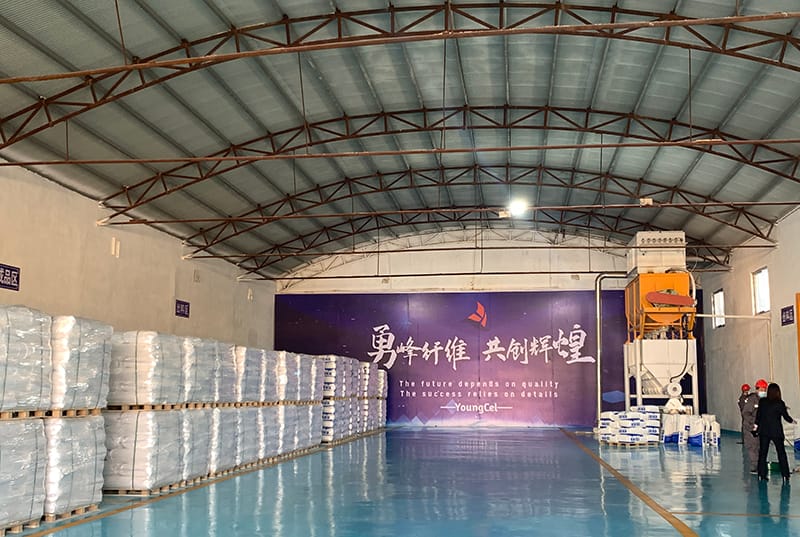Exploring Sustainable Practices in Construction and RDP Development Strategies
Hydroxypropyl Methyl Cellulose (HPMC) is also named as MHPC, are types of non-ionic cellulose ether, which are a powder of white to off-white color, that function as a thickener, binder, film-former, surfactant, protective colloid, lubricant, emulsifier, and suspension and water retention aid. In addition, these types of cellulose ethers exhibit properties of thermal gelation, metabolic inertness, enzyme resistance, low odor and taste, and pH stability. HPMC are widely used in construction,pharmaceutical,food,cosmetic,detergent,paints,textiles etc.We can provide the general grade HPMC, we also designed the modified HPMC according to customer requirements. After modified, we can get the product which have long open time, good anti-sagging,good workability etc.
Generally speaking, the water retention of MHEC is higher than that of HPMC, but there is no big difference. Considering the cost and price, if there is not high requirements for the gel temperature, customers generally prefer HPMC. Furthermore, the viscosity stability, mildew resistance, and dispersibility of MHEC are generally higher than that of HPMC.
One of the standout features of MHEC is its ability to act as a highly effective thickening agent in both aqueous and non-aqueous systems. Its viscosity-controlling properties empower manufacturers to achieve the desired texture, consistency, and flow characteristics in products such as paints, coatings, and adhesives.

In practical construction, in the hot construction environment in summer, the water holding capacity of MHEC with the same viscosity and dosage is better than that of HPMC. Especially in the Southeast Asian countries and India, mortar will sometimes be constructed at high temperature. Cellulose ether with low gel temperature will lose its thickening and water retention at high temperature, thereby accelerating the hardening of mortar, and affects the construction.